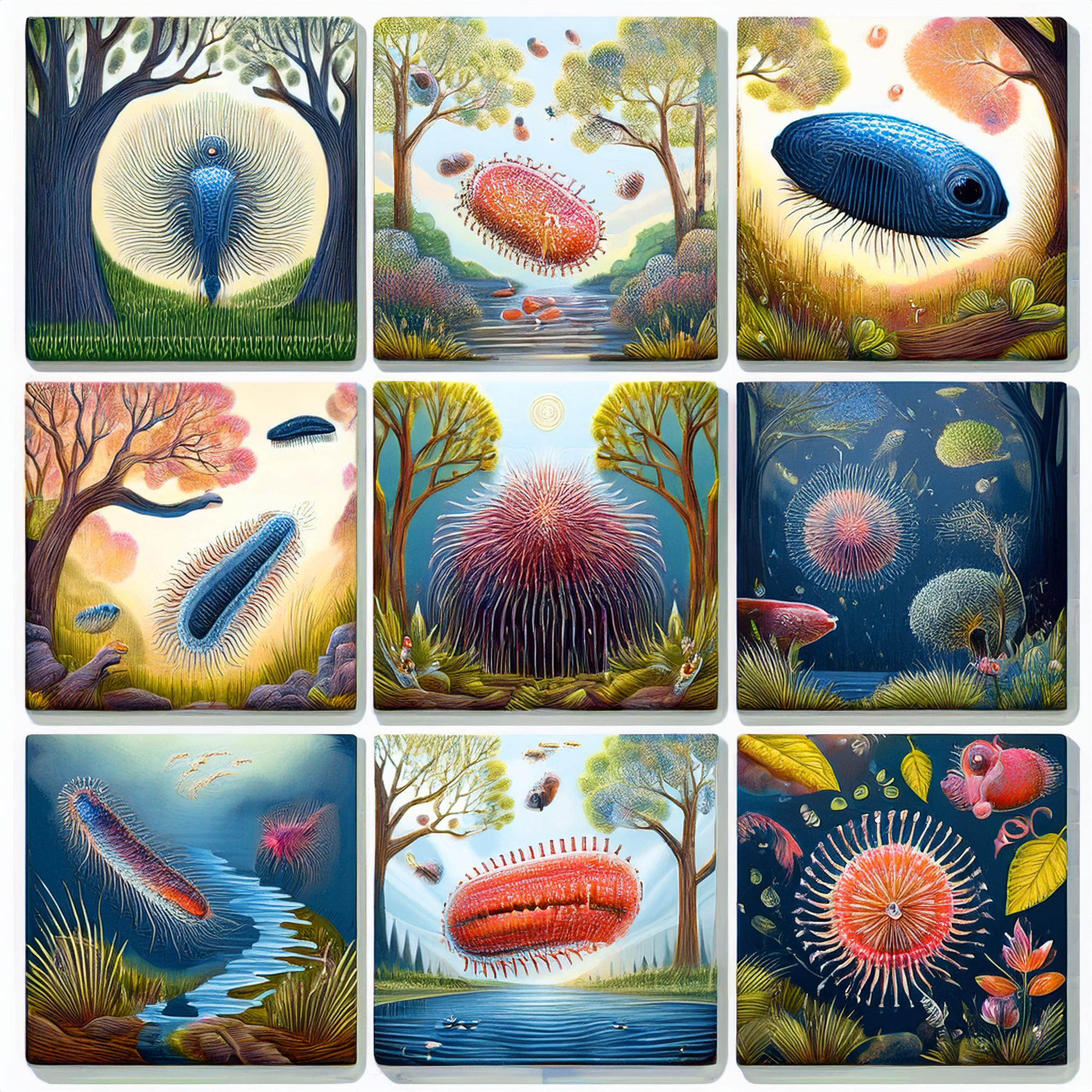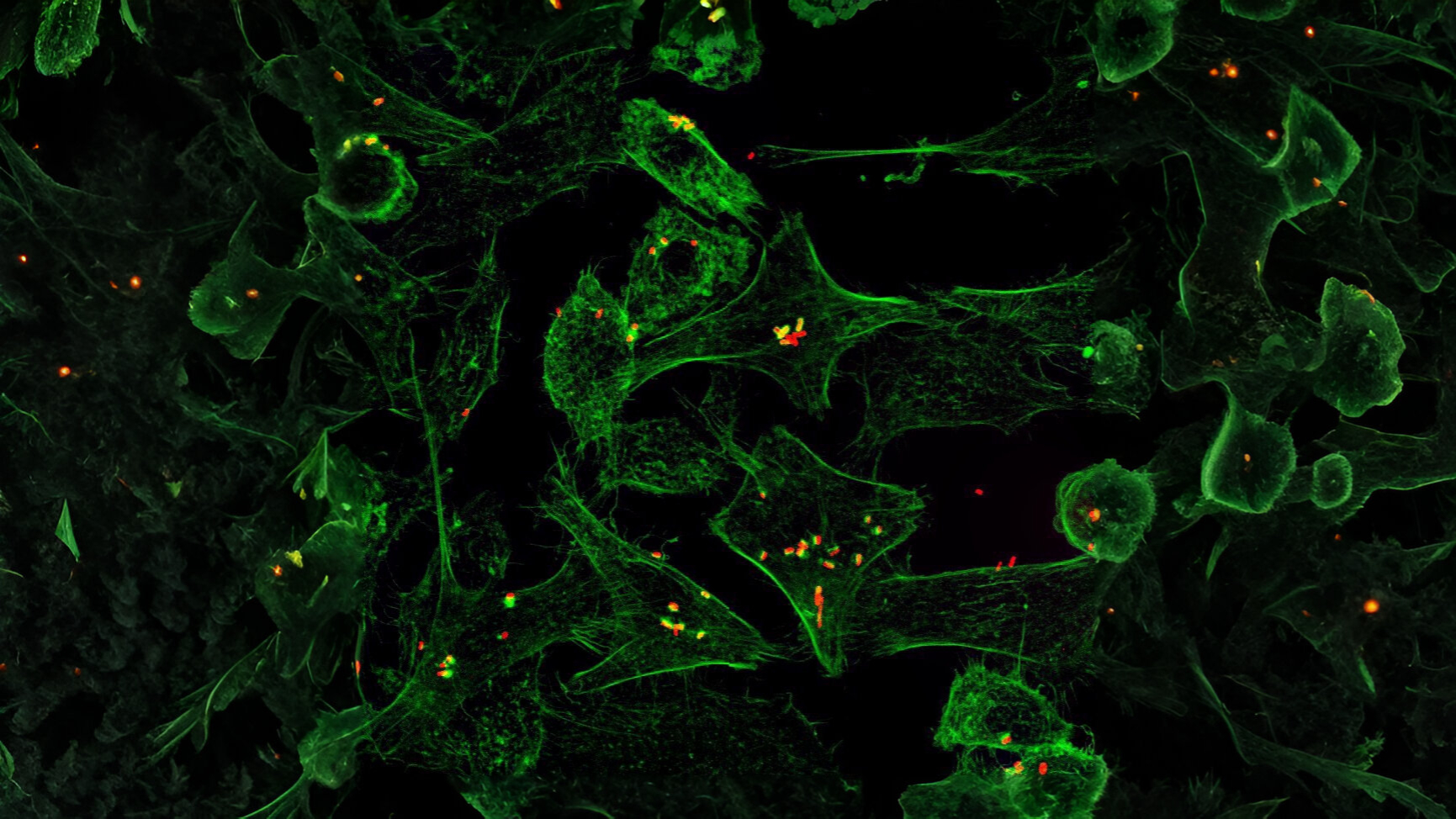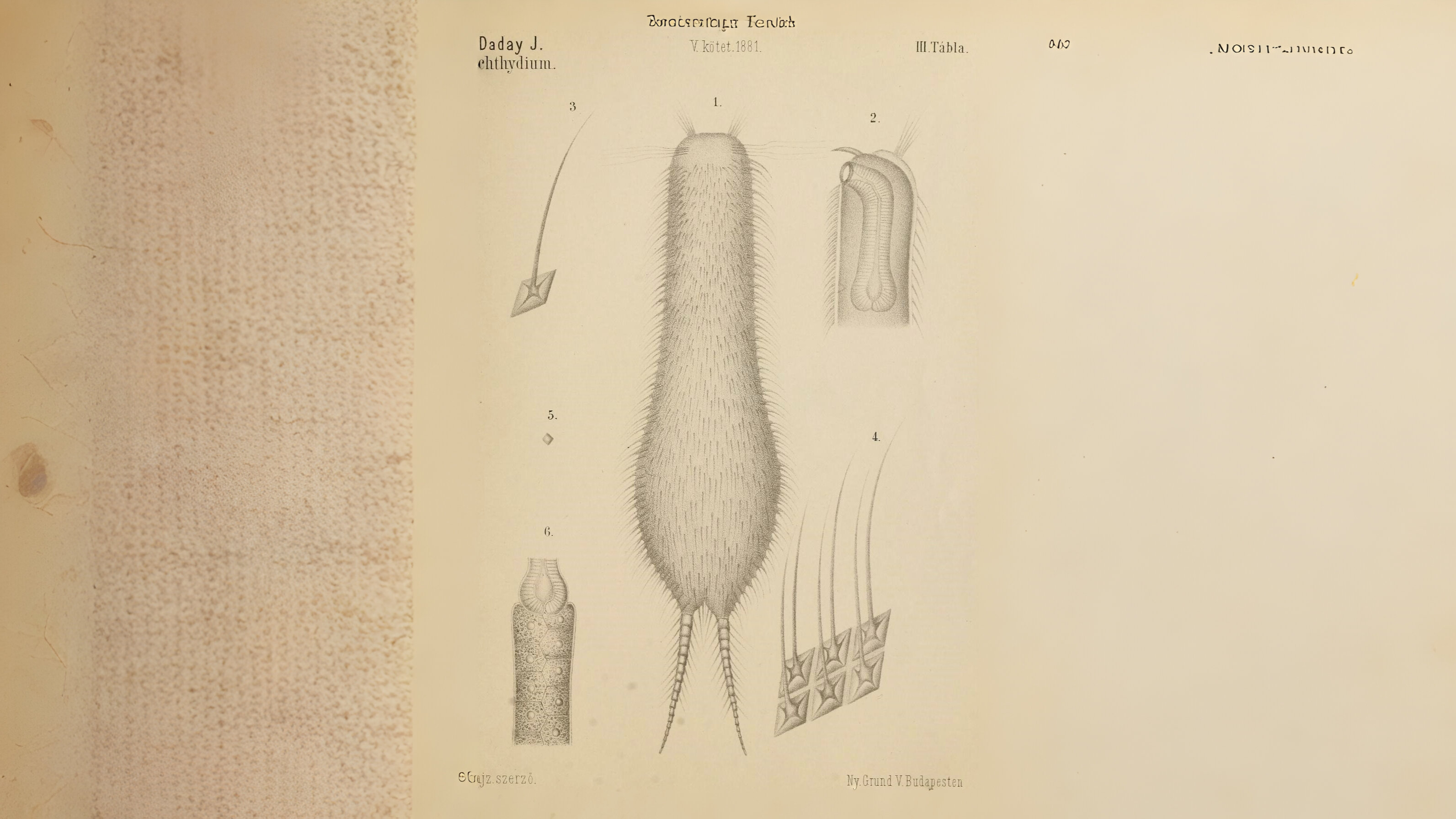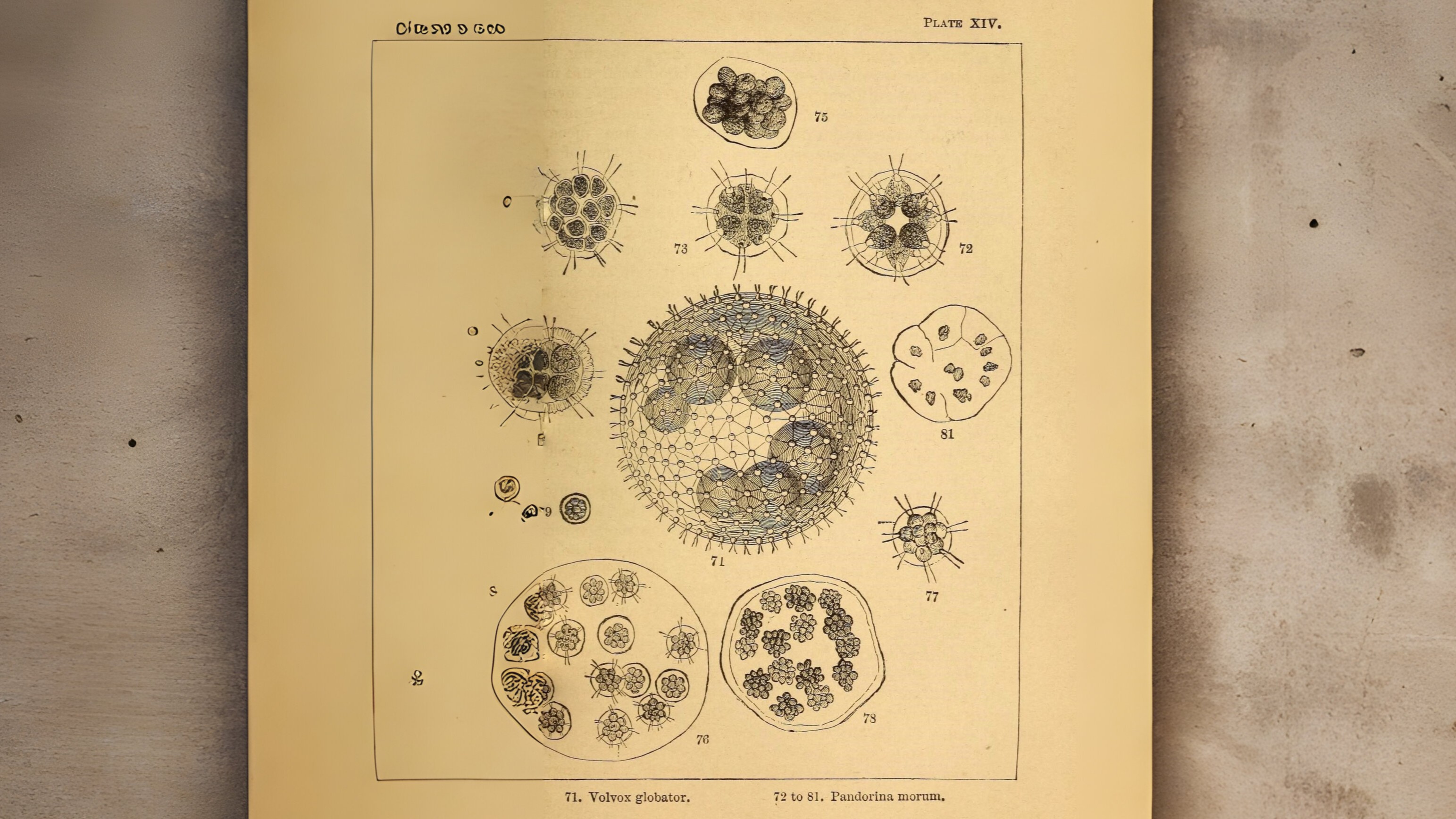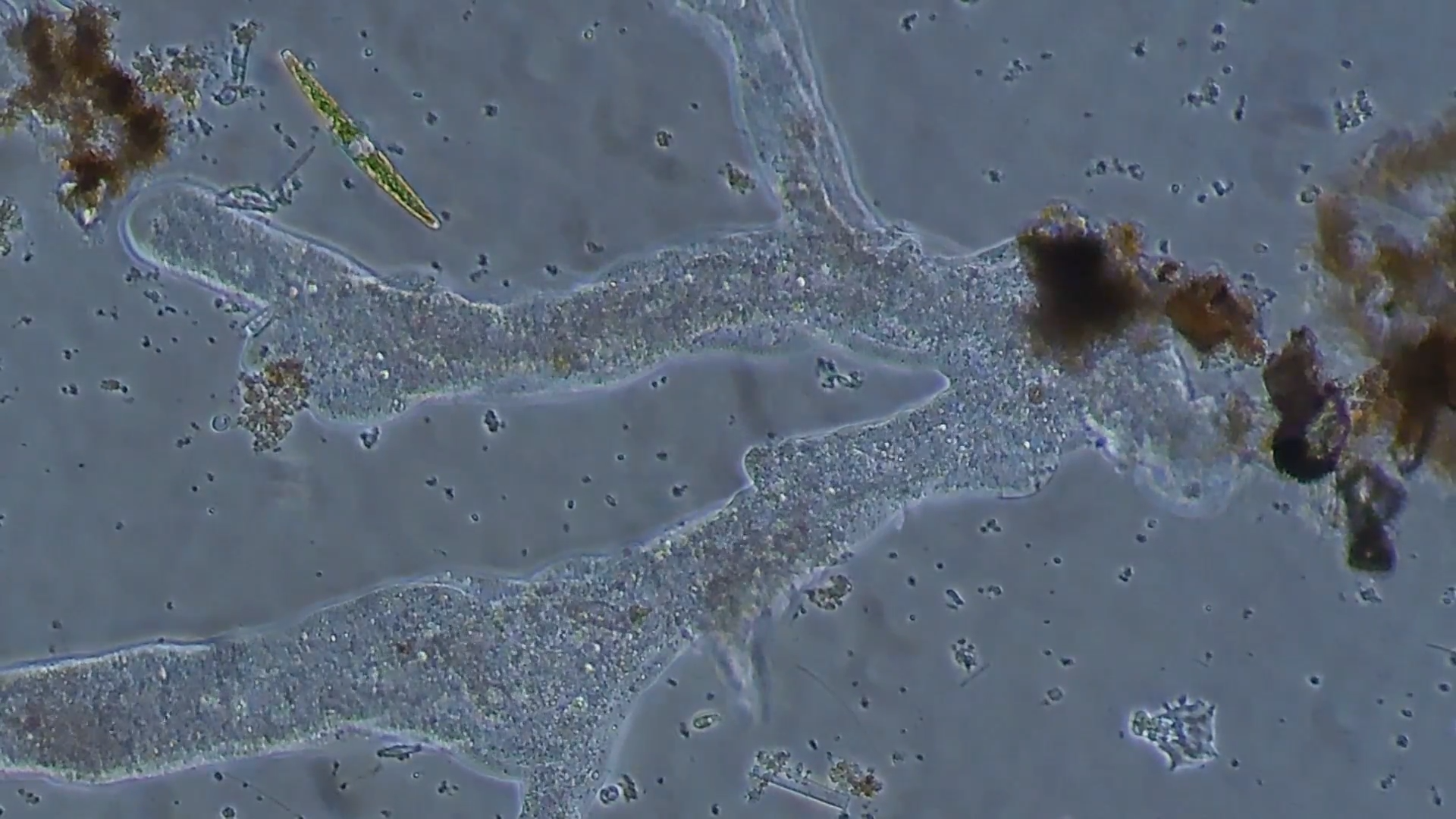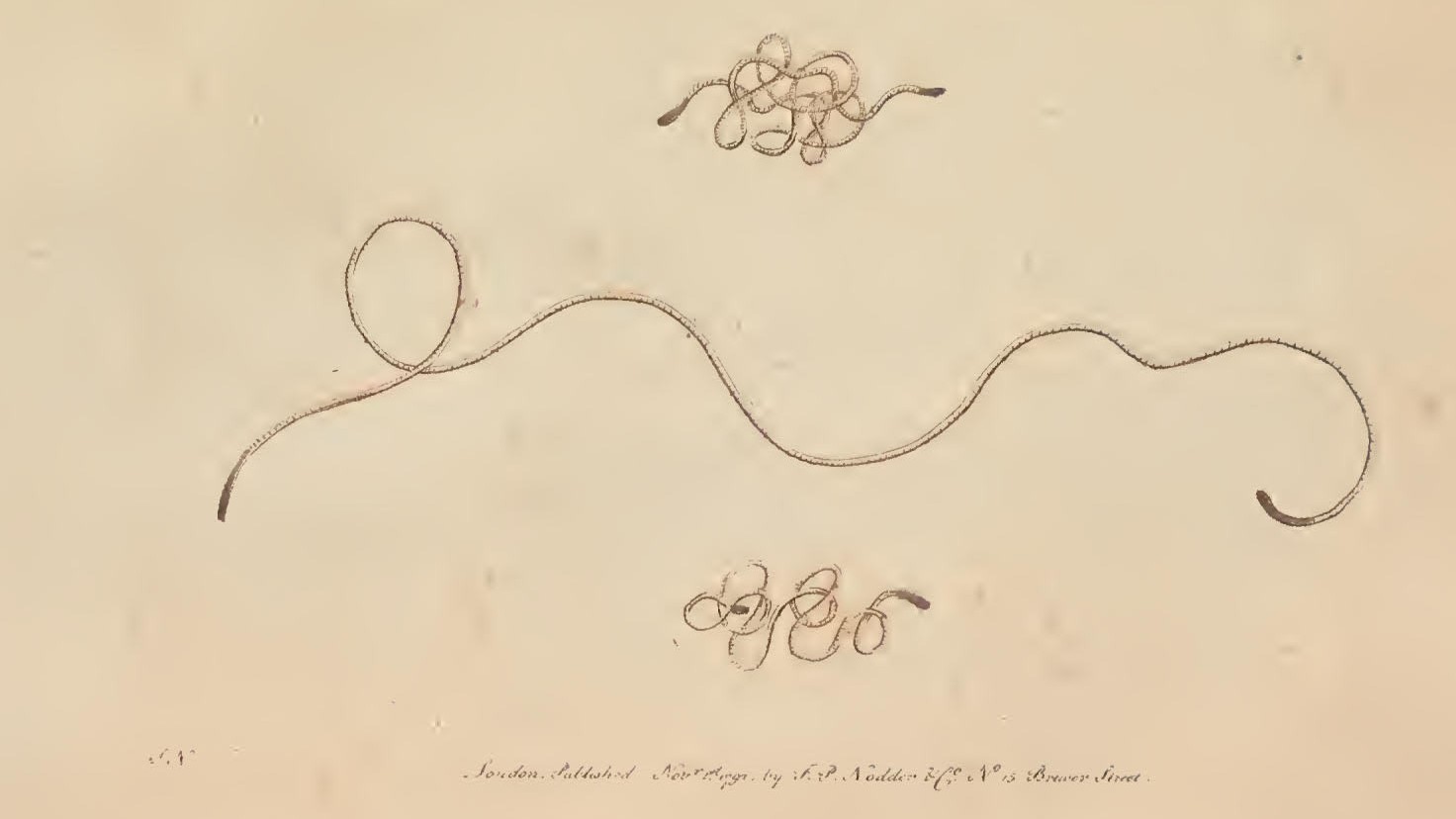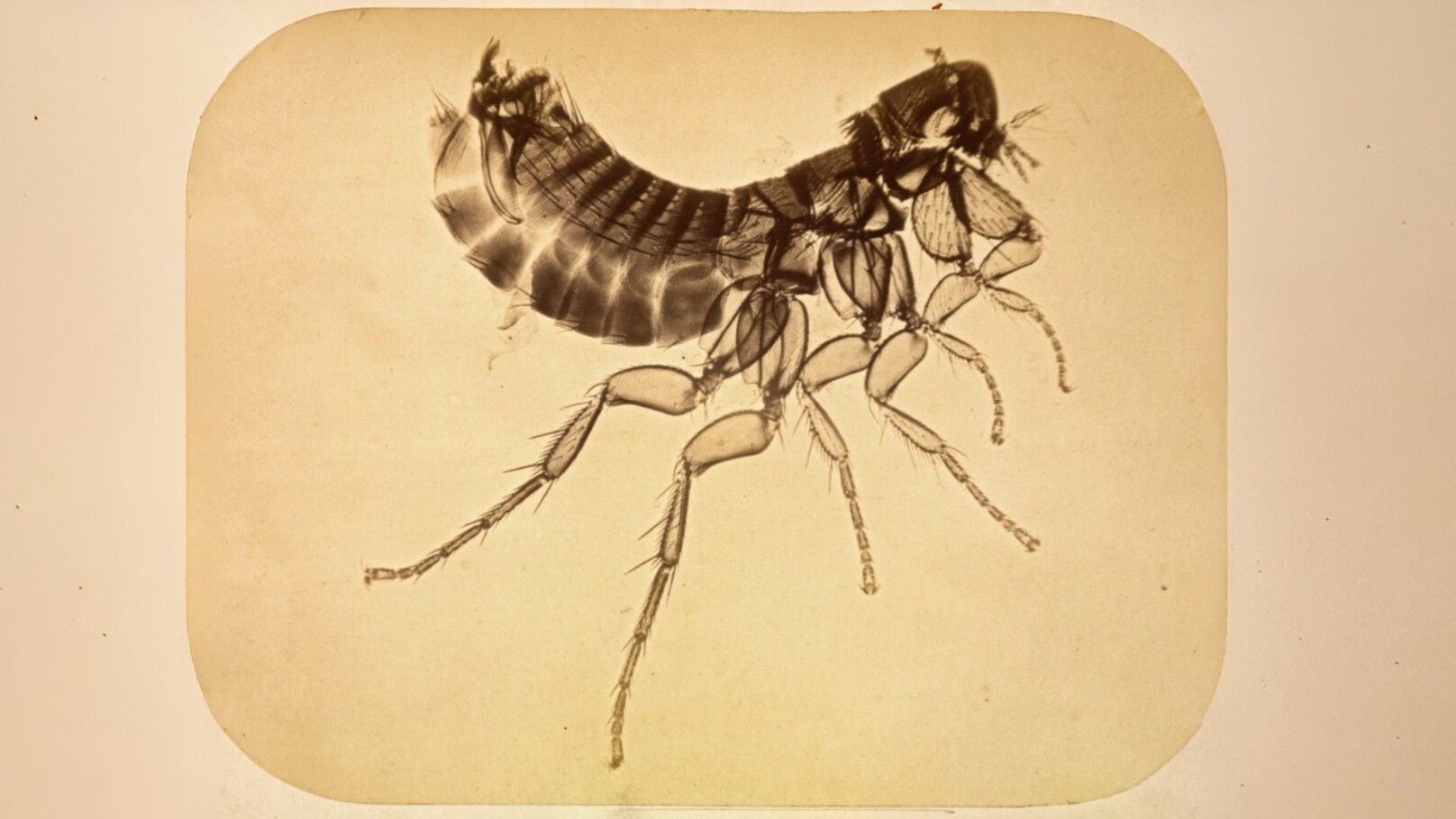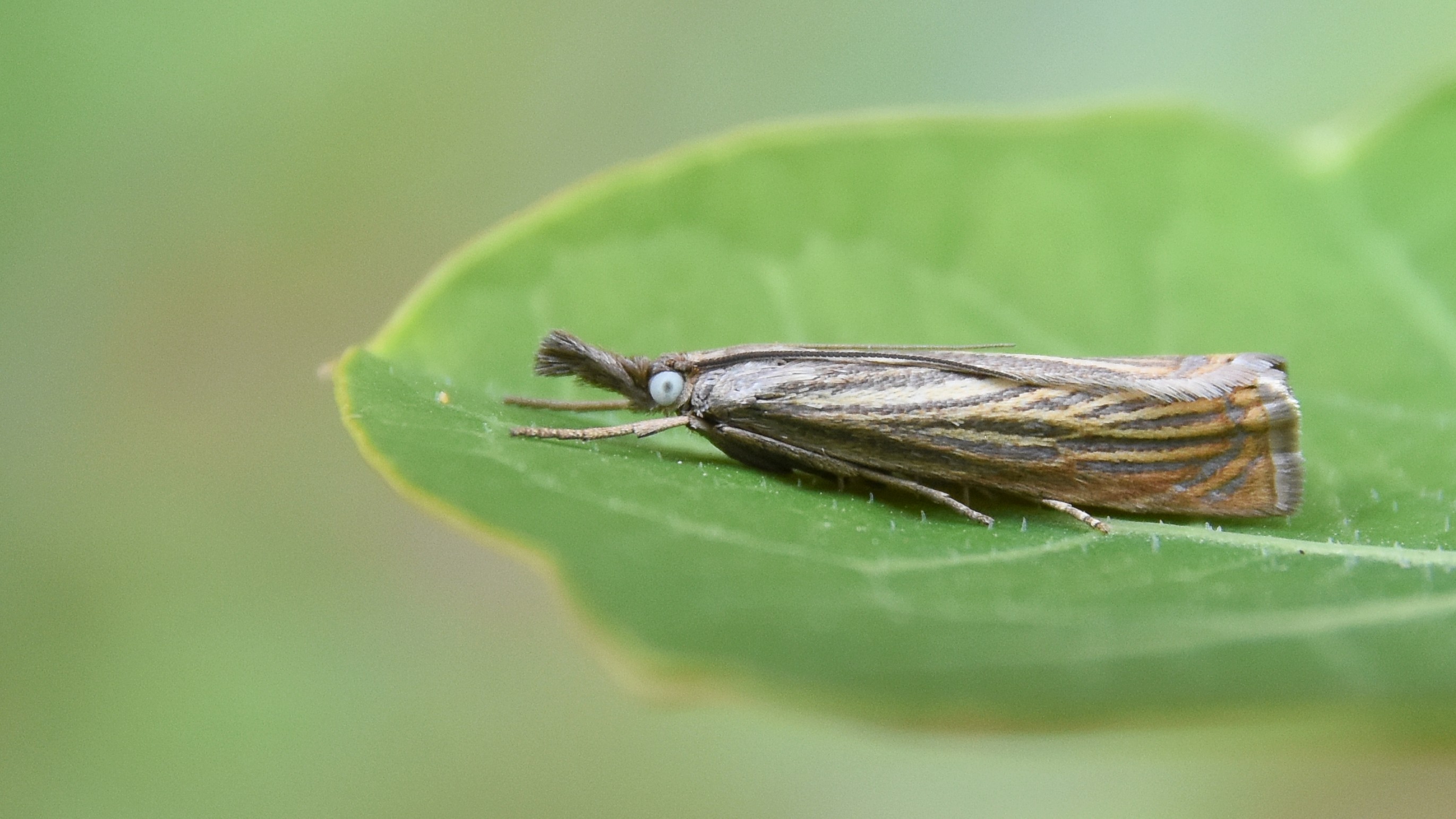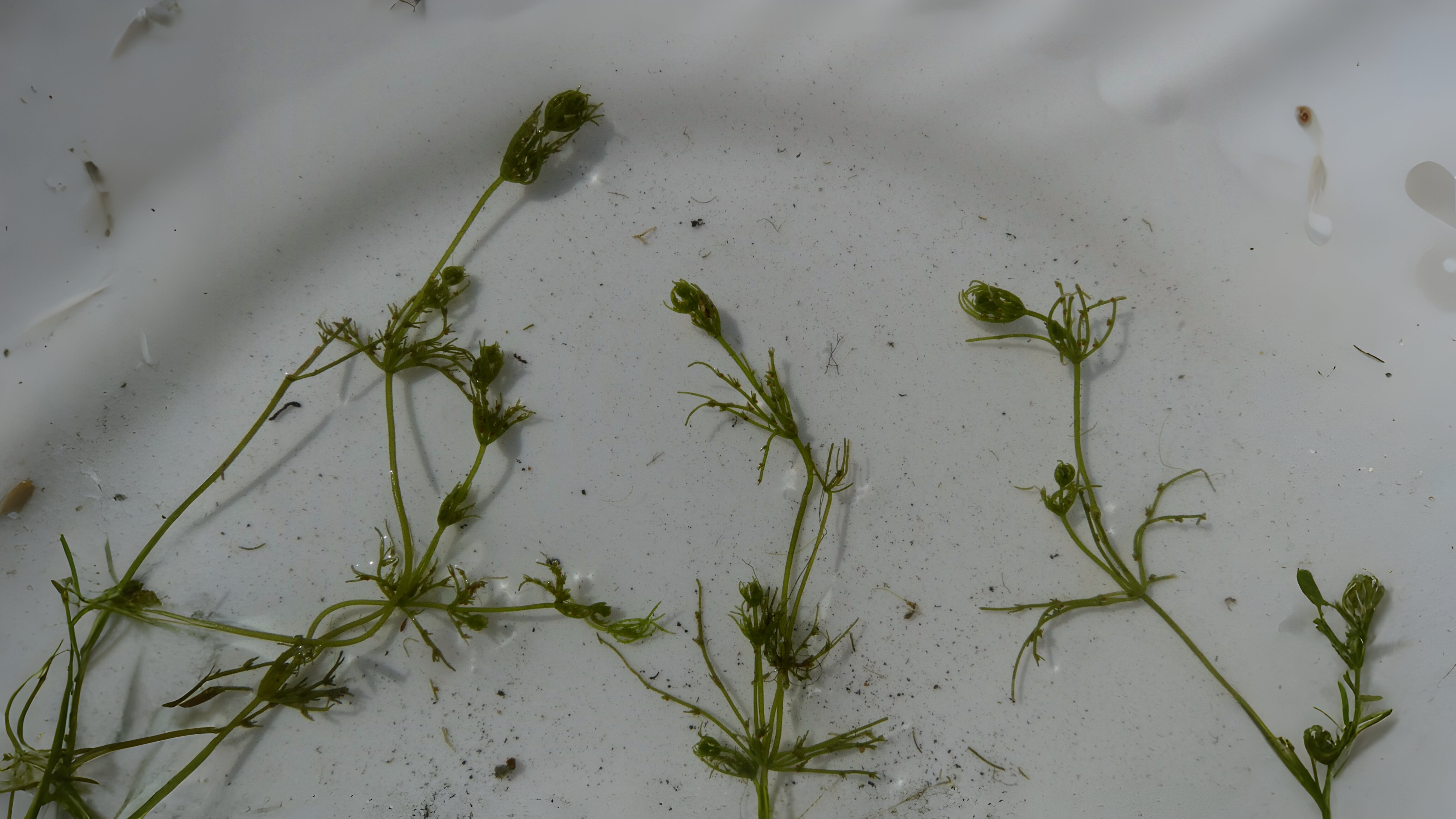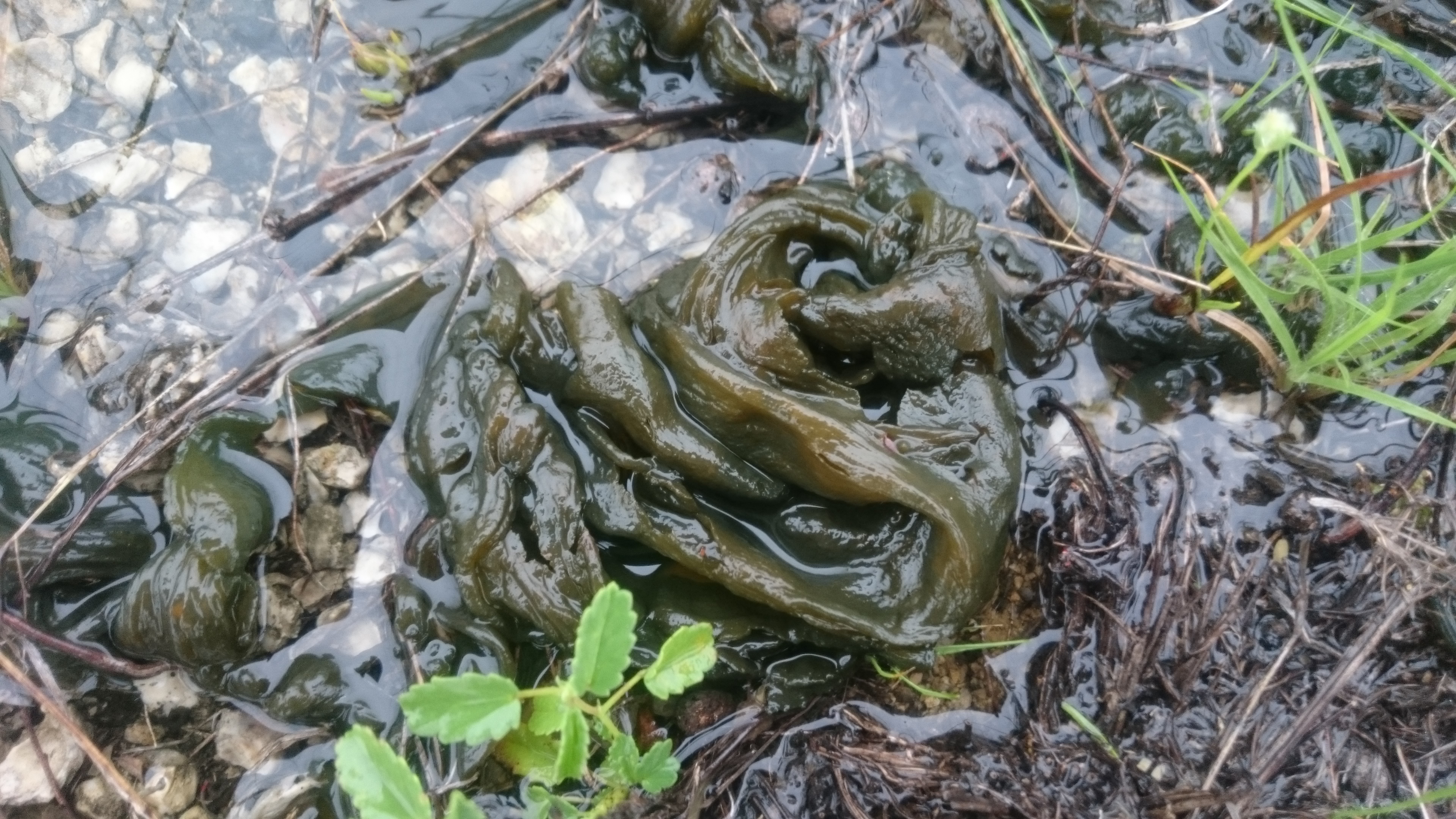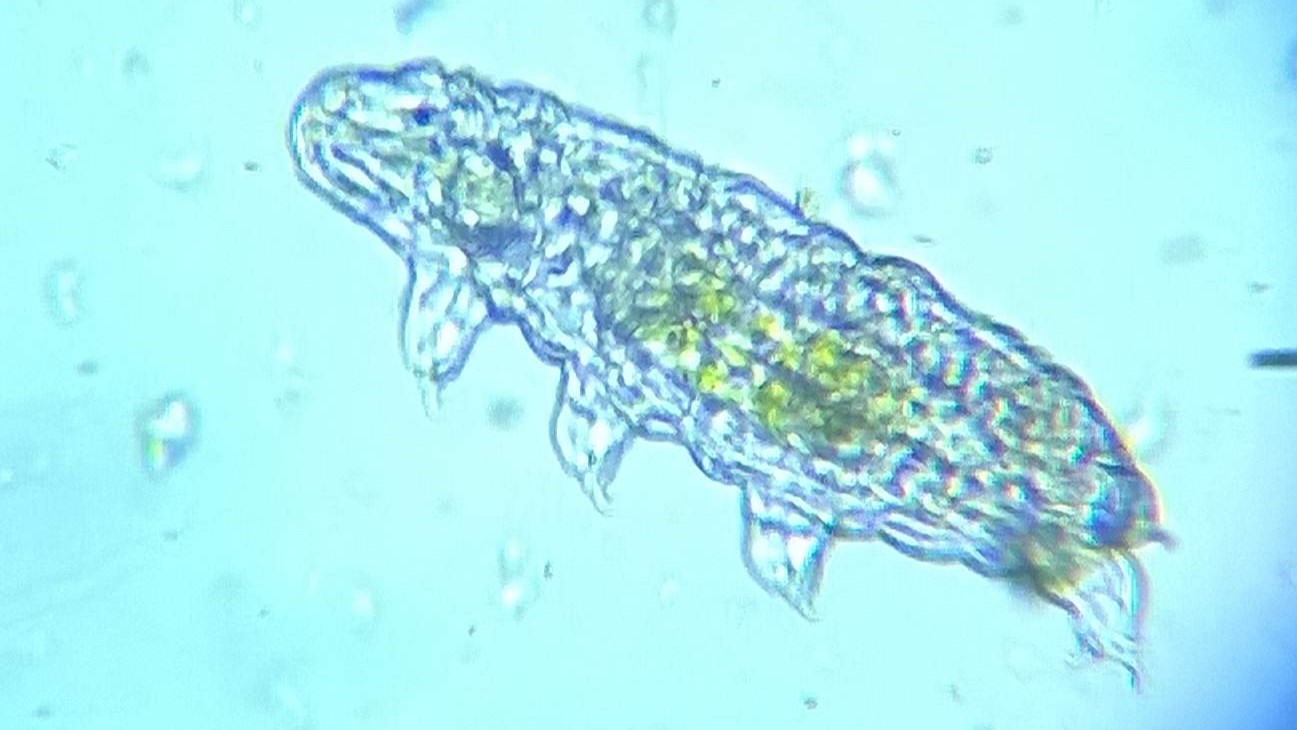Leap Day
It actually takes 365¼ days for the earth of travel completely around the sun so every four years we have an extra day to deal with the time that has accumulated. The day created is leap day February 29th, which naturally only occurs if you can divide the year date by four. Perhaps this of all days is the perfect time to take another leap and mention some of the many animals and plants that are almost completely unknown to all but a handful of Londoners. It might be worth remembering that in 1 gram of soil there could be 20 million nematodes, 100,000 mites, 40,000 springtails, 200 different fungi as well as a thousand different bacteria of which only five per cent as yet can be accurately identified.
